Text


"It's one of my favorite novels. I studied it at school and at university. Although Estella is nothing like me, I was shocked when I got to that part. I'm so open and 'Hey, this is me,' while Estella is all about control and hiding your emotions." — HOLLIDAY GRAINGER
79 notes
·
View notes
Text



THE BORGIAS (2011-2013)
created by neil jordan
1.02
67 notes
·
View notes
Text


THE BORGIAS (2011-2013) 2.06 — Day of Ashes
264 notes
·
View notes
Text
We aren't fucking him We're killing him so he doesn't spill our secrets after
if tumblr goes down im going to the bar and arguing with a middle aged man about nothing in particular
11K notes
·
View notes
Text









Two times Lan stepped in front of Rand for Moiraine and one time she stopped him before he could even get close to Rand
#the wheel of time#twot#wheel of time#wot#moraine damodred#moraine sedai#lan mandragon#moraine x lan#lan x moraine
229 notes
·
View notes
Text




Gene Tierney as Ellen Berent Harland in Leave Her to Heaven (1945)
216 notes
·
View notes
Text





The Book of the Dead? Are you sure you want to be playing around with this thing?
THE MUMMY (1999) dir. Stephen Sommers
763 notes
·
View notes
Text
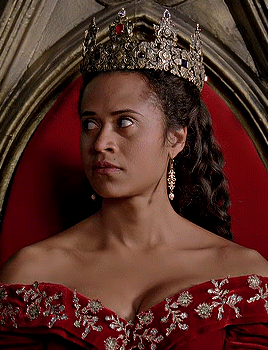

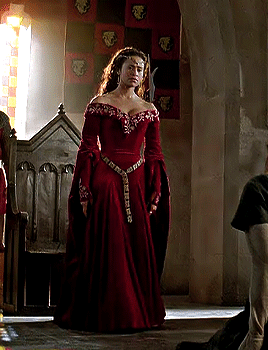


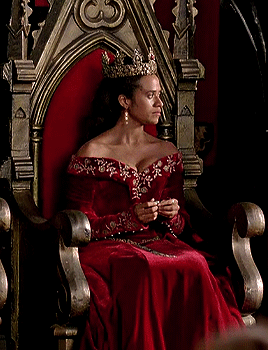
QUEEN GUINEVERE and her red gown ⚜
816 notes
·
View notes
Text






CINDERELLA (1950)
dir. clyde geronimi,wilfred jackson,hamilton luske
402 notes
·
View notes
Text



Snow White and the Seven Dwarfs • Walt Disney
1K notes
·
View notes
Text


✨🎀🎀✨ that, that dude looks like a lady ♫ that, that dude looks like a lady ♪
65 notes
·
View notes
Text




The Company of Wolves (1984) dir. Neil Jordan
804 notes
·
View notes
Photo



The cold never bothered me anyway.
448 notes
·
View notes
Photo


The Summer Princess & The Snow Queen
2K notes
·
View notes
Photo
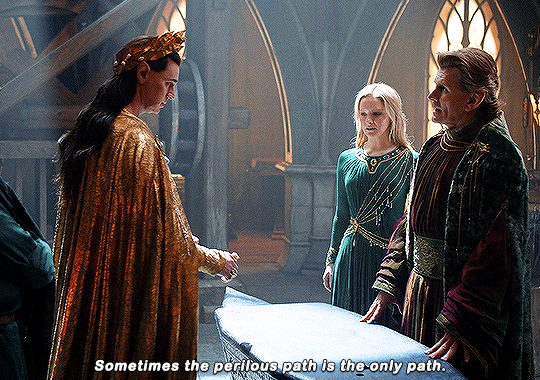
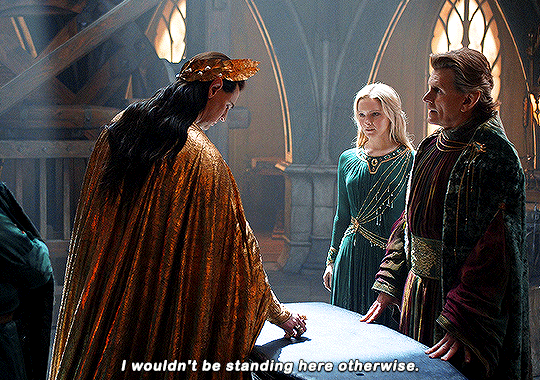
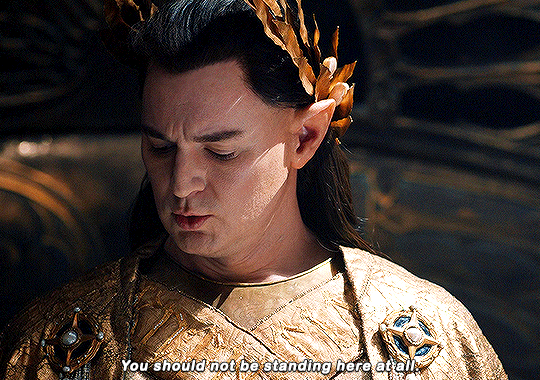

THE RINGS OF POWER 1.08 “Alloyed”
522 notes
·
View notes




